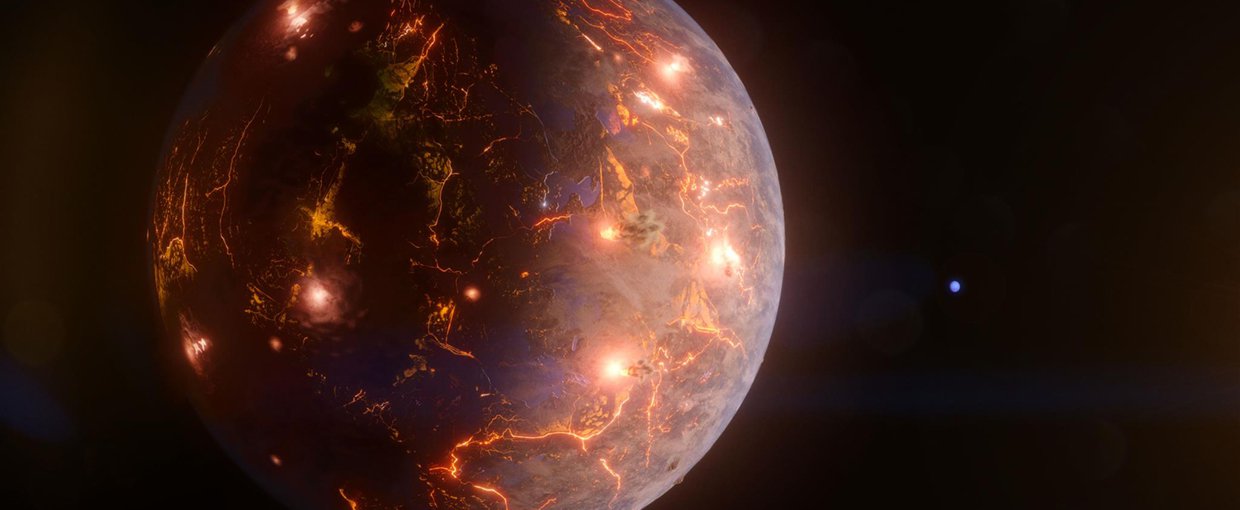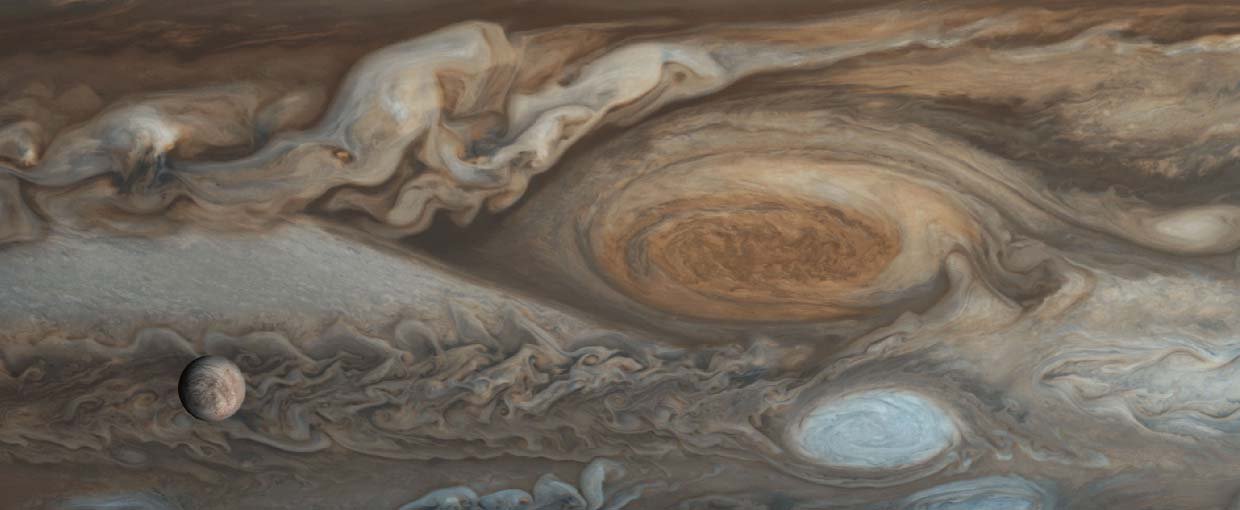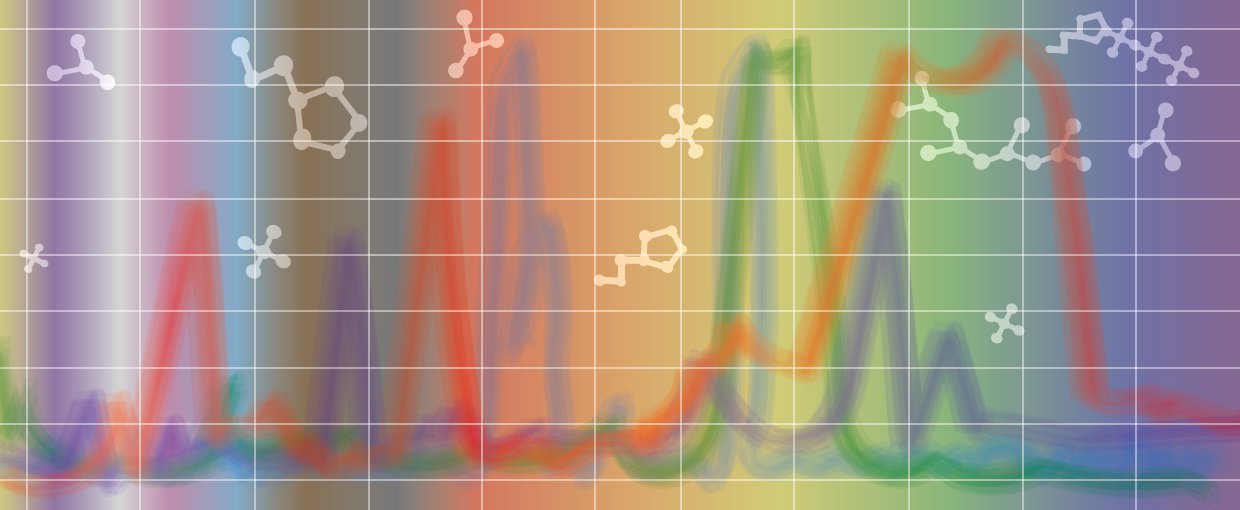Kelley, C. A., Bebout, B. M., Chanton, J. P., Detweiler, A. M., Frisbee, A., Nicholson, B. E., … Winkler, C. (2020). Correction to: The Effect of Bacterial Sulfate Reduction Inhibition on the Production and Stable Isotopic Composition of Methane in Hypersaline Environments. Aquatic Geochemistry. doi:10.1007/s10498-020-09381-z
Newman, S. A., Lincoln, S. A., O'Reilly, S., Liu, X., Shock, E. L., Kelemen, P. B., & Summons, R. E. (2020). Lipid Biomarker Record of the Serpentinite-Hosted Ecosystem of the Samail Ophiolite, Oman and Implications for the Search for Biosignatures on Mars. Astrobiology, 20(7), 830–845. doi:10.1089/ast.2019.2066
Yu, H., & Leadbetter, J. R. (2020). Bacterial chemolithoautotrophy via manganese oxidation. Nature, 583(7816), 453–458. doi:10.1038/s41586-020-2468-5
Greer, J., Caro, G., Cates, N. L., Tropper, P., Bleeker, W., Kelly, N. M., & Mojzsis, S. J. (2020). Widespread poly-metamorphosed Archean granitoid gneisses and supracrustal enclaves of the southern Inukjuak Domain, Québec (Canada). Lithos, 364-365, 105520. doi:10.1016/j.lithos.2020.105520
Steckloff, J. K., Soderblom, J. M., Farnsworth, K. K., Chevrier, V. F., Hanley, J., Soto, A., … Engle, A. (2020). Stratification Dynamics of Titan’s Lakes via Methane Evaporation. The Planetary Science Journal, 1(2), 26. doi:10.3847/psj/ab974e
Nagihara, S., Williams, D. R., Nakamura, Y., Kiefer, W. S., McLaughlin, S. A., & Taylor, P. T. (2020). Availability of previously lost data and metadata from the Apollo Lunar Surface Experiments Package (ALSEP). Planetary and Space Science, None, 105039. doi:10.1016/j.pss.2020.105039
, ., , ., , ., & , . (2020). Report Series: Committee on Astrobiology and Planetary Science. None. doi:10.17226/25868
An evolutionary system of mineralogy, part II: Interstellar and solar nebula primary condensation mineralogy (> 4.565 Ga) (2020). American Mineralogist, None(None), None. doi:10.2138/am-2020-7447
ElAbd, H., Bromberg, Y., Hoarfrost, A., Lenz, T., Franke, A., & Wendorff, M. (2020). Amino acid encoding for deep learning applications. BMC Bioinformatics, 21(1), None. doi:10.1186/s12859-020-03546-x
Hilton, C. D., & Walker, R. J. (2020). New implications for the origin of the IAB main group iron meteorites and the isotopic evolution of the noncarbonaceous (NC) reservoir. Earth and Planetary Science Letters, 540, 116248. doi:10.1016/j.epsl.2020.116248



